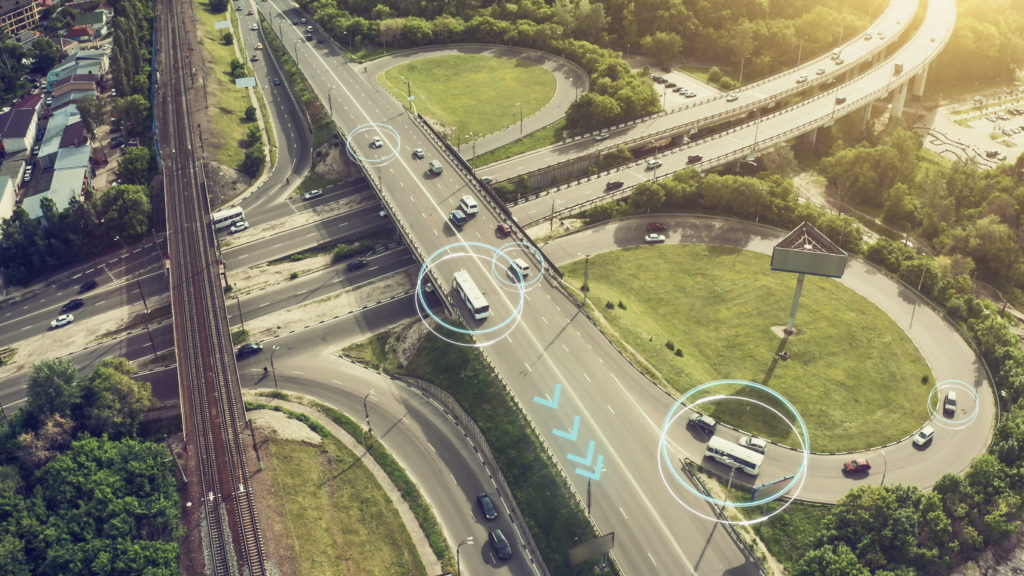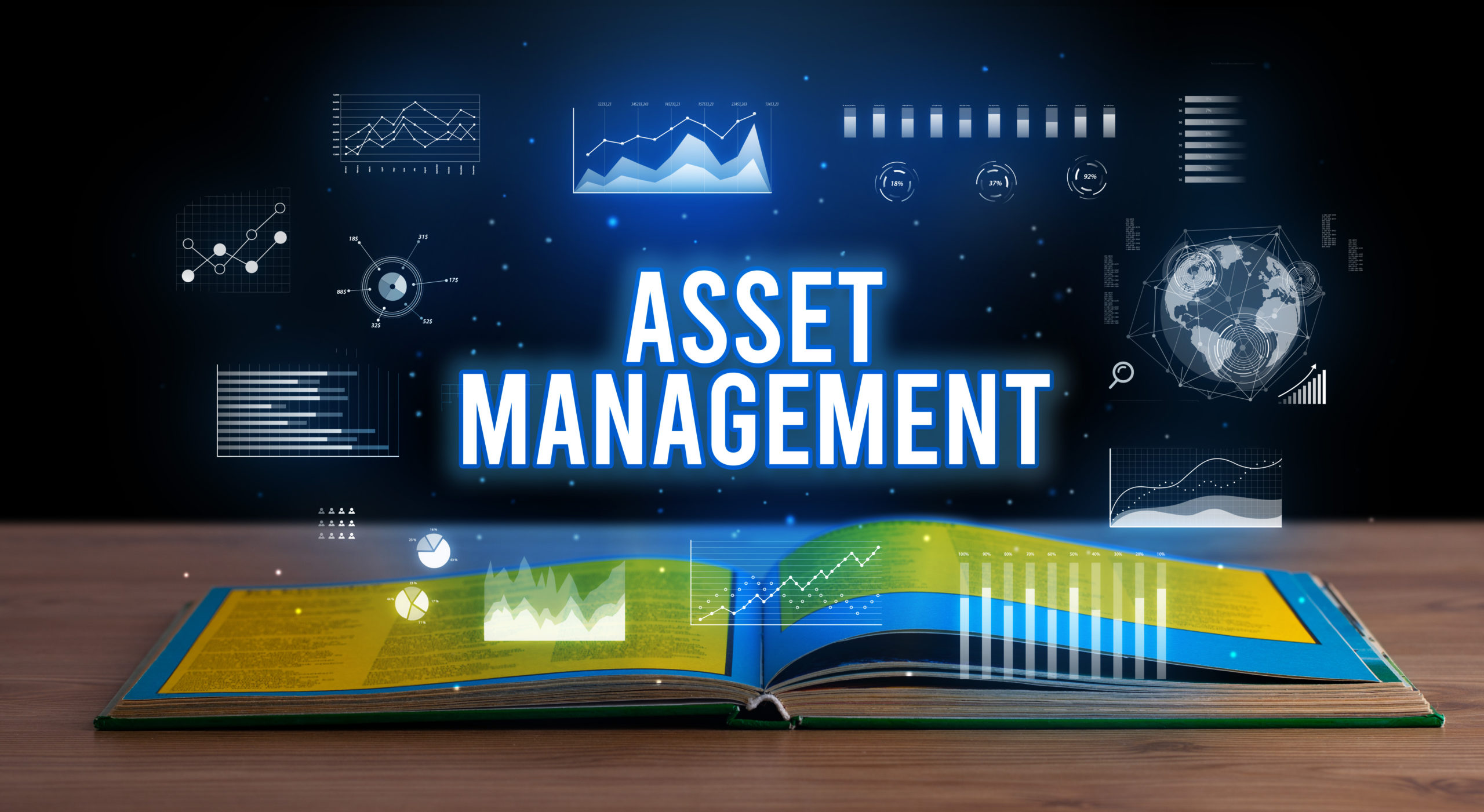Talking about infrastructure matters
Christmas is over and we welcome the new year. Our first blog of 2022 is good fat-burning material that will melt ham, the lighter turkey or your Christmas vegetable rolls.
At RoudCloud, we want to dip our spoon in the bowl of infrastructure management. We believe asset management activities are worth discussing openly and sharing what we know. Improving the visibility of maintenance actions and forming processes that are part of long-term development, that benefit the organisation’s goals and vision. By doing this we don’t each have to test every method available ourselves but can get to better results faster through collective knowledge sharing.
In this blog we would like to share our thoughts on road asset management. Road owners are generally very interested in the state of their road assets. So how do you go about getting this information? of course, you could use your own time to go and inspect the road or send someone to do it on your behalf. Alternatively, you could just let it be and hope everything is ok. Alternatively, we can start to talk about digital road asset management as an answer to update our operating models.

digital asset management & road infrastructure
Someone might recognize the abbreviation DAM, Digital Asset Management, as comprehensive software that safely stores, organizes, and shares digital media files like photos or videos. Such large-volume data management now invariably relies on cloud-based end-to-end solutions. An important lesson has been to find a way to alleviate the worry of material owners to store large amounts of files and to make them easy to retrieve and secure, regardless of the device used. I believe we should take advantage of the same methods with road assets as well.
Here´s my top 5 tips on how to start implementing digital road asset management
- Collect high valuable information that helps to improve your process
- Find a way to handle that information and possibility to combine with other data
- Get the best results from analysis and visualization
- Rank and value your assets to get better figures
- Learn to use new information for management and political decision purposes
I have often wondered how we can elevate asset management actions to the same level of importance as decisions regarding our own personal property. As an example, let us think of a car. In essence a metal box valued at a few thousand euros filled with technology to ensure a smooth, safe, and comfortable ride. Conscientious vehicle owners perform yearly maintenance to ensure their vehicle remains road worthy. Official inspections are required at regular intervals in order to prove this road worthiness to the authorities. Less conscientious vehicle owners may sometimes ignore regular maintenance needs however at the very least the vehicles emergency lights turning on tends to illicit a visit to a service station.
But how systematically do you manage the maintenance of road assets and stay up to date on asset conditions at various stages in their lifecycle? There is no shortage of methods which can be employed. Asset management is driven by strategic goals as well as the need for making the day-to-day operations smoother. That is, does the need for information start from the top down or from the bottom up. I say both.
Digitalization provides a solution to this problem. RoadCloud has created a digital solution to answer this very question. Not only can we remotely monitor the condition of the road, but we can also do so without a single extra mile driven in order to collect this information. The data we collect is analysed to provide road owners an easy to digest overview of their assets. We do this to ensure road maintenance workers don’t waste time and asset owners can spend their maintenance budgets where it creates the most value.

the future of road asset management is digital
RoadCloud provides information on the current state of road infrastructure assets. We facilitate winter road maintenance by providing user-friendly information about the road state and condition. Through our collective data collection methods, we enable a cost-effective way to access information that focuses on making our customers’ daily lives easier and adding value to their value chain.
Asset management requires accurate information about assets, such as quantity, quality, value, and investment needs. In many cases, the cost of managing assets is left undefined and unallocated from budgets, often leading to neglect of the most expensive life cycle stages. These omissions lead to a shortening of the asset life cycle and a spiral of increasing repair costs. This way of doing things has created pressure to improve asset management as a whole, with a particular focus on maintenance and repair scheduling and optimization.
Analysing and utilizing a large amount of data is becoming commonplace in the maintenance industry which has in the past been very manpower intensive. As with other industries, using data to improve efficiency is changing maintenance work to be more knowledge-based. By utilizing building information modelling throughout the asset life cycle, a holistic awareness and learning is achieved that asset management, as knowledge experts need. Once we reach this point, we can focus on knowledge management.
In the end. Infrastructure management is team effort. You have to use the right players and select a game style for this field to be able to win. Asset management just as goal scoring can and should be practiced. It’s also good to remember that the life cycle of an asset, like the playing time, is the period within which results are made – the end result matters the most. During the game, however, it is important to look at the scoreboard so that it is still possible to influence the outcome.
If you are interested in learning more about road infrastructure read our blog – Road deficit blog
Blog by Antti Hirvonen, RoadCloud Sales Manager. Blogger has experienced road asset management as in a road owners teams and being road user. He has also been a consultant for various development projects in biggest cities of Finland.


